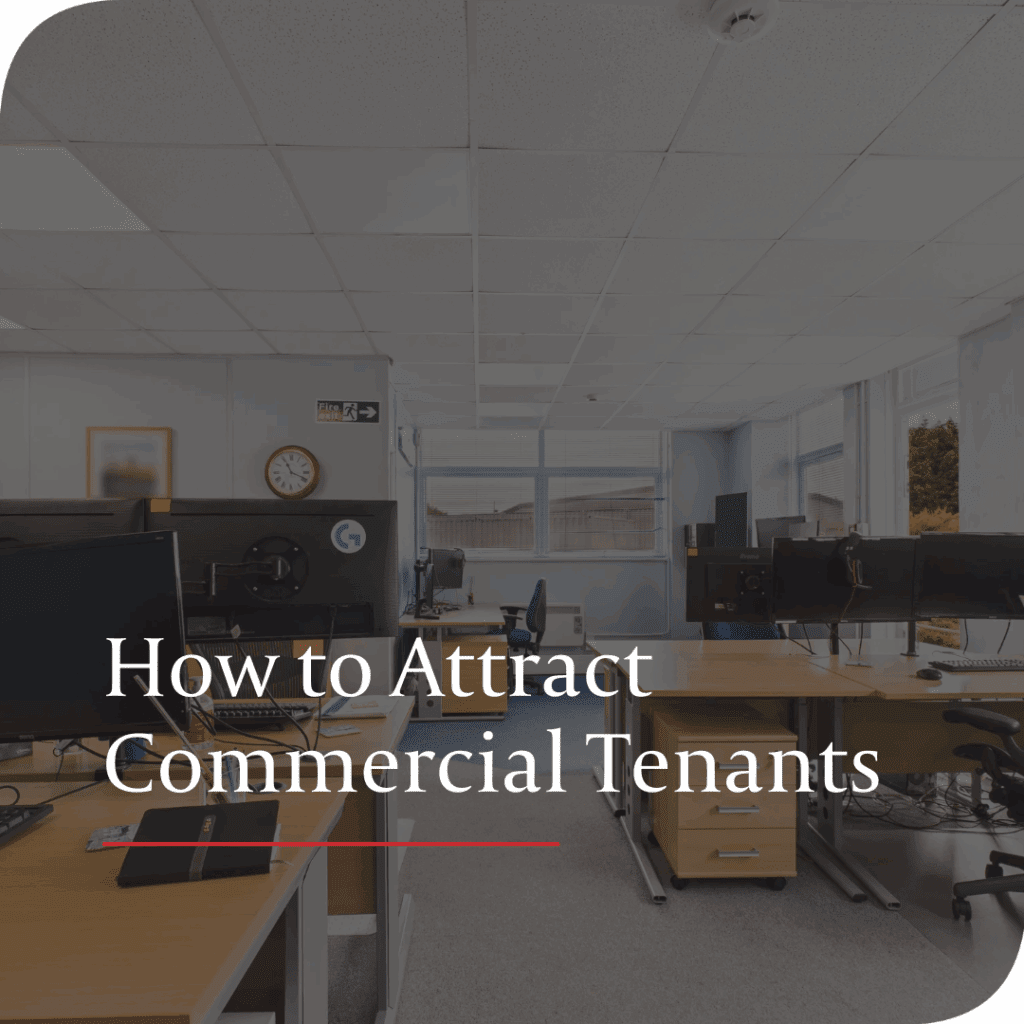
When it comes to commercial property, the lease is the backbone of the agreement between landlord and tenant. Unlike residential tenancies, commercial leases can be more complex, flexible, and open to negotiation.
Given this complexity, it is absolutely vital for both landlords and tenants to seek independent legal advice before entering into any commercial lease agreement.
Whether you’re a landlord looking to protect your investment or a tenant hoping to secure the right space for your business, understanding the essentials of a commercial lease is paramount.
Here’s a breakdown of what you need to know.
1. What is a Commercial Lease?
A commercial lease is a legally binding contract between a landlord and a tenant. It grants the tenant the right to use a property for business purposes in return for rent. The lease will outline the rights, responsibilities, and restrictions of both parties.
Unlike residential contracts, there’s no “one-size-fits-all.” Each lease is tailored to the property and the agreement negotiated. This flexibility makes understanding the terms even more important.
2. Lease Length and Break Clauses
The length of a commercial lease varies. Some may last only a year, while others can run for decades. Longer leases often provide security for tenants, but they also create more commitment.
Break clauses give either the tenant, the landlord, or both parties the option to end the lease early. Knowing when and how a break clause can be exercised is critical—it could save a business from being tied into an unsuitable space.
3. Rent and Rent Reviews
Rent is one of the most important parts of the lease. Typically, rent is paid quarterly, though monthly arrangements are becoming more common.
Most leases also include rent review clauses, allowing the landlord to adjust the rent at set intervals—usually every three to five years. These reviews may be linked to open market values, inflation (RPI), or a fixed increase. Tenants should always check how future rent is calculated before signing.
4. Repair and Maintenance Responsibilities
Commercial leases usually follow a “full repairing and insuring” (FRI) basis. This means the tenant is responsible for maintaining and repairing the property, as well as contributing to insurance.
It’s essential for tenants to understand exactly what condition the property must be returned in at the end of the lease. Commissioning a survey before signing can help avoid unexpected repair costs later.
5. Service Charges
If the property is part of a larger building or estate, tenants may need to pay a service charge. This covers the upkeep of shared spaces such as lobbies, car parks, or landscaped areas.
Service charges can vary, so tenants should always ask for a breakdown of costs and check if there are any caps on increases.
6. Alterations and Fit-Outs
Many tenants will want to adapt a property to suit their business needs. A lease should outline whether alterations are allowed, and if landlord consent is required.
Minor, non-structural changes may be permitted, but bigger works usually require approval. Tenants may also need to return the space to its original state at the end of the lease – a cost worth budgeting for.
7. Permitted Use
Beyond the physical space, a commercial lease will specify the ‘permitted use’ of the property. This defines the type of business or activity that can legally operate from the premises. Landlords often include these clauses to protect their investment, manage the overall mix of businesses in a development, or comply with planning regulations.
Tenants must ensure the permitted use aligns perfectly with their business operations. Operating outside of this specified use can lead to serious breaches of the lease, potentially resulting in penalties or even termination.
8. Ending or Renewing the Lease
When a lease comes to an end, tenants may have the option to renew under the Landlord and Tenant Act 1954. This gives “security of tenure,” which provides tenants with the right to request a new lease unless the landlord has specific grounds to refuse.
Alternatively, if a tenant is moving on, they may be able to assign or sublet the lease, subject to landlord approval. Both parties should understand their rights and obligations well before the lease expires.
Final Thoughts
Commercial leases can feel daunting, but with the right advice and preparation, both landlords and tenants can benefit from a fair, transparent agreement. Taking time to understand the terms now can prevent disputes, unexpected costs, and stress further down the line.
At Jacobs Steel Commercial, we guide both landlords and tenants through the leasing process—making sure you understand the fine print and secure terms that work for your goals. We also work closely with a handful of trusted solicitors who can provide specialist legal advice to landlords or tenants when required.
Get in touch with our experts today for tailored advice and a free, no-obligation consultation.
Other articles you might enjoy


